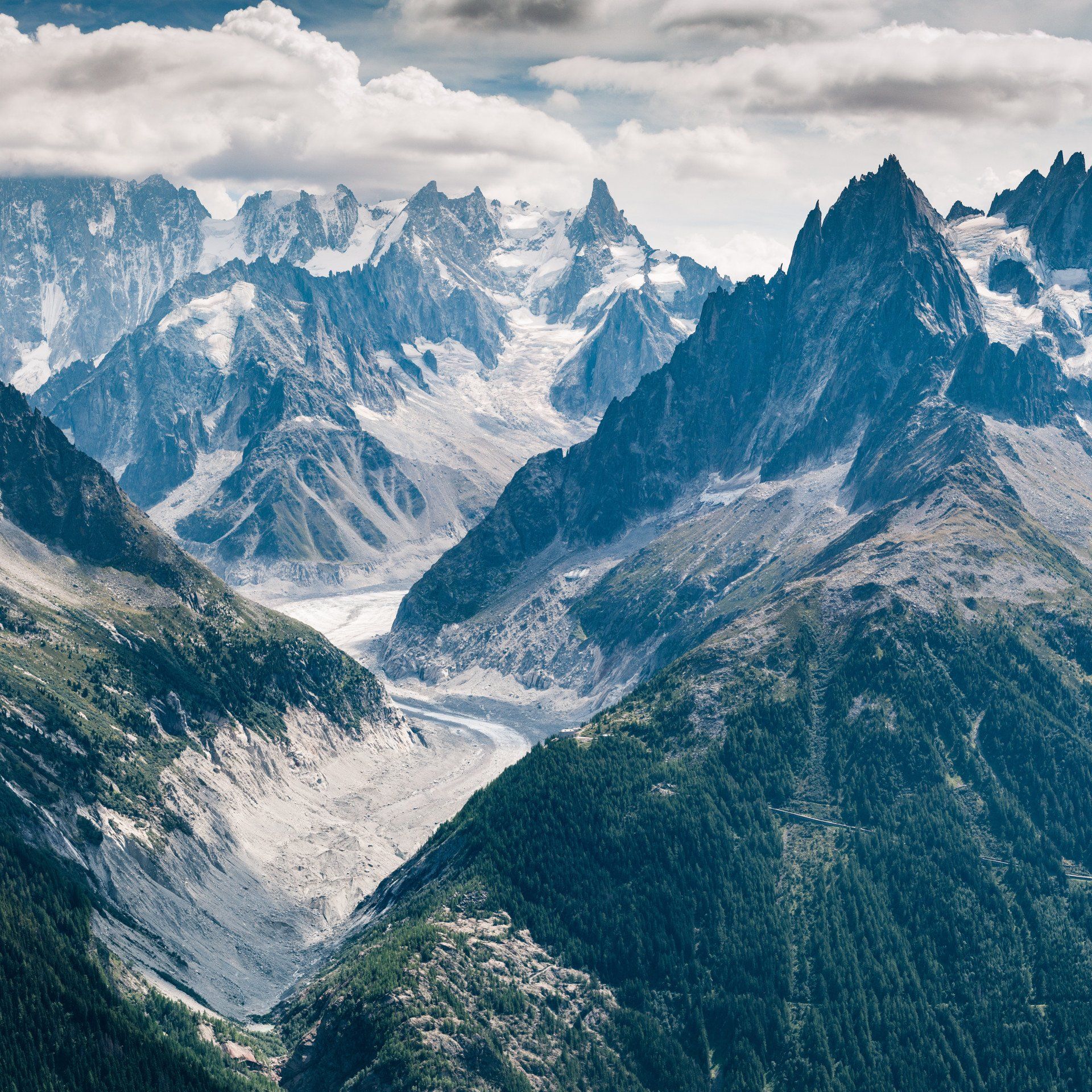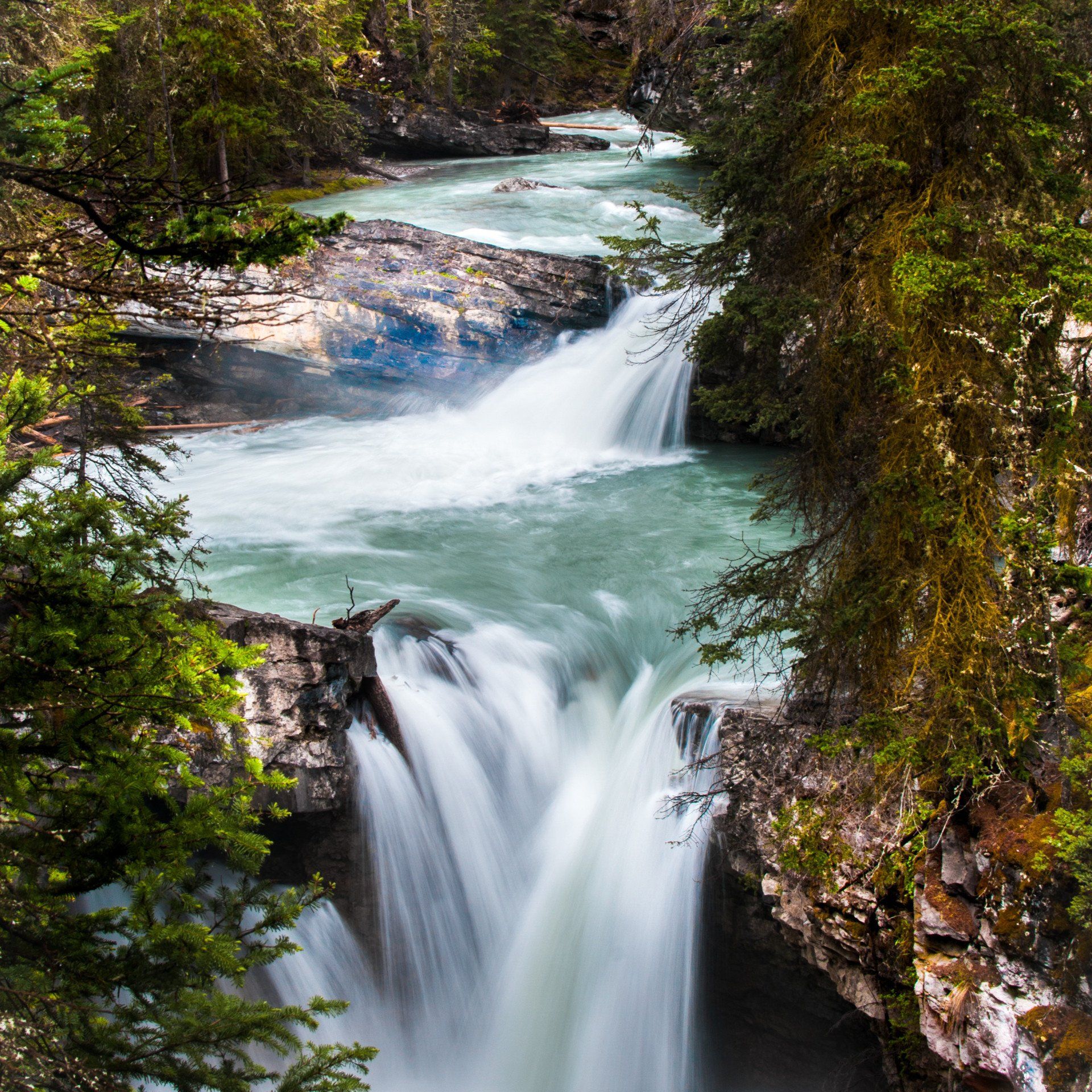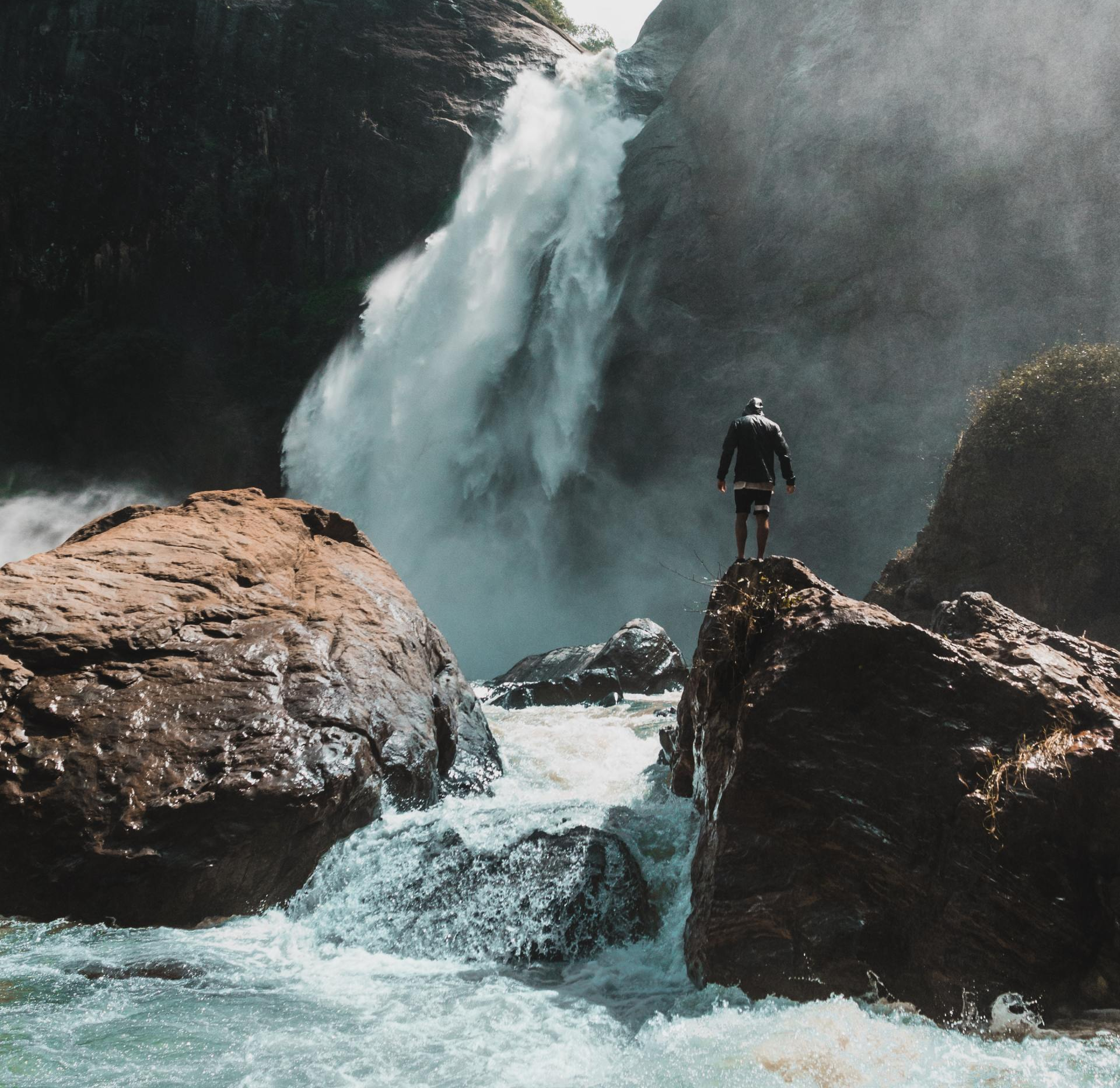Our Water

Purified Water
Bottled water has strict safety and labeling requirements regulated by the FDA. To be labeled as purified water, bottled water must undergo distillation, reverse osmosis, or other process that removes dissolved materials. Distillation uses heat to turn water into steam, separating out impurities, before re-condensing. Reverse osmosis filters water by forcing it through membranes that block impurities.
Spring Water
Spring water contains minerals or trace elements that make it clearly distinguishable from other types of water. These minerals must remain constant in the water, from its point of emergence at the source through the bottling procedure. Ideal Pure Water carries Mountain Valley Spring Water, originating from a geologically and physically protected underground water source.


Distilled Water
Distilled water is created through the process of distillation. Basically, in the process of distillation, the pure H2O is boiled out of its contaminants. So, many of the contaminants found in water are inorganic minerals, metals etc. Those types of contaminants have very high melting points and even higher boiling points (way higher than the boiling point of water at 212 degrees F). So, as the water (with its contaminants) is boiled, the pure water turns into steam and is captured and cooled and thus becomes distilled water. The junk left behind is all of the contaminants.
Why Drink Bottled Water?
Bottled water offers many benefits to consumers it's cleaner, it's healthier, and it smells and tastes better. A simple comparison with tap water will demonstrate this difference. Consider the effect this can have not only on a glass of drinking water, but also on your tea, coffee, juices, mixed beverages, and cooking. Consider the pleasure of drinking cool, clear, consistently pure water and the peace of mind that comes from knowing your water is safe and clean.
2024 Certificate of Compliance
2024 Bottled Water Standard Of Quality Report

